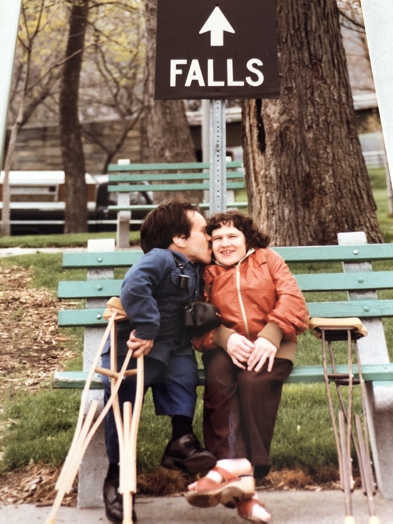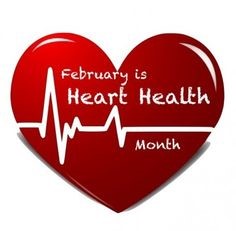
The media is often the public’s first introduction to little people. The image portrayed will be what sticks in people’s minds when we meet in person. As a result, it’s critical for people with dwarfism to conduct interviews that generate positive pieces in print, digital, online, radio, or television outlets. The following headlines show this can be done:
- “What’s so bad about being little?”
- “Short is pretty good: Children with dwarfism learn to stand tall in world proportioned for others.”
- “Honest Reaction Beats Being Ignored says Little Person Lawyer.”
- “Little People Group Wants To Show Size Isn’t Everything.”
Want to subscribe to receive blog updates sign up today!
During my 40 years in public service as a legal professional and volunteer advocate, I’ve been interviewed almost 11 dozen times on issues related to organizations of people with dwarfism and disabilities, my Winston Churchill Fellowship, marriage, employment, dwarf tossing, public transportation, and publication of my dwarfism trilogy memoir. This experience informs the views expressed in this post.
Before deciding to do a media interview, I consider the reputation of the media outlet. If I don’t believe my message will be fairly presented, I decline the interview. This doesn’t mean I avoid forums with an opposing viewpoint, rather I strive for an equitable hearing. However, I do steer clear of outlets inclined to sensationalism and erroneous reporting, such as the paper with this headline about a doctor: “He turns Dwarfs into Giants.”
After agreeing to be interviewed, I focus on my objective—to educate the public or advocate change for people with dwarfism and disabilities. Preparation is the key to meeting this goal. I must be ready to share my message with reporters who don’t know what questions to ask and push back against reporters who ask questions based on a presumption that our lives are miserable. Unless loaded questions about our problems are turned around, little people will continue to be plagued by headlines like this:
- “The tall problems of little people.”
- “Little People Have Big Problems.”
- “Little People Have Big Woes.”
This is not to say I won’t acknowledge that little people have problems. We do. But to avoid selective reporting on the negative side of my experience, I only mention difficulties that increase the likelihood of effecting change or improving understanding. For example, I often talk about attitudinal barriers that limit my activity. If I mention physical limitations it’s in the context of barrier removal—reasonable accommodations in public facilities or modifications in private spaces.
To avoid the risk of being viewed as sympathy seekers, I stress our similarities, abilities, and equality. It’s better to discuss how we are alike, what people with dwarfism can do, and our equal rights as integrated members of society. This is reflected in the following headlines:
- “Ordinary People: Dwarfs Marry `Like Everyone Else‘.”
- “Joe Roach: Three-term Houston city councilman will be remembered as a vigorous advocate.”
- “Group to Push for Laws Banning Dwarf Tossing.”
- “Dwarf Lawyer Defends Rights of the Disabled.”
It’s also important to give a quick tutorial on ‘four letter words’ in disability land, —defect, victim, burden, afflicted, abnormal, midget.
For more of my writings, go to https://angelamuirvanetten.com, subscribe to my weekly blog, and find buy links to my dwarfism memoir trilogy.



